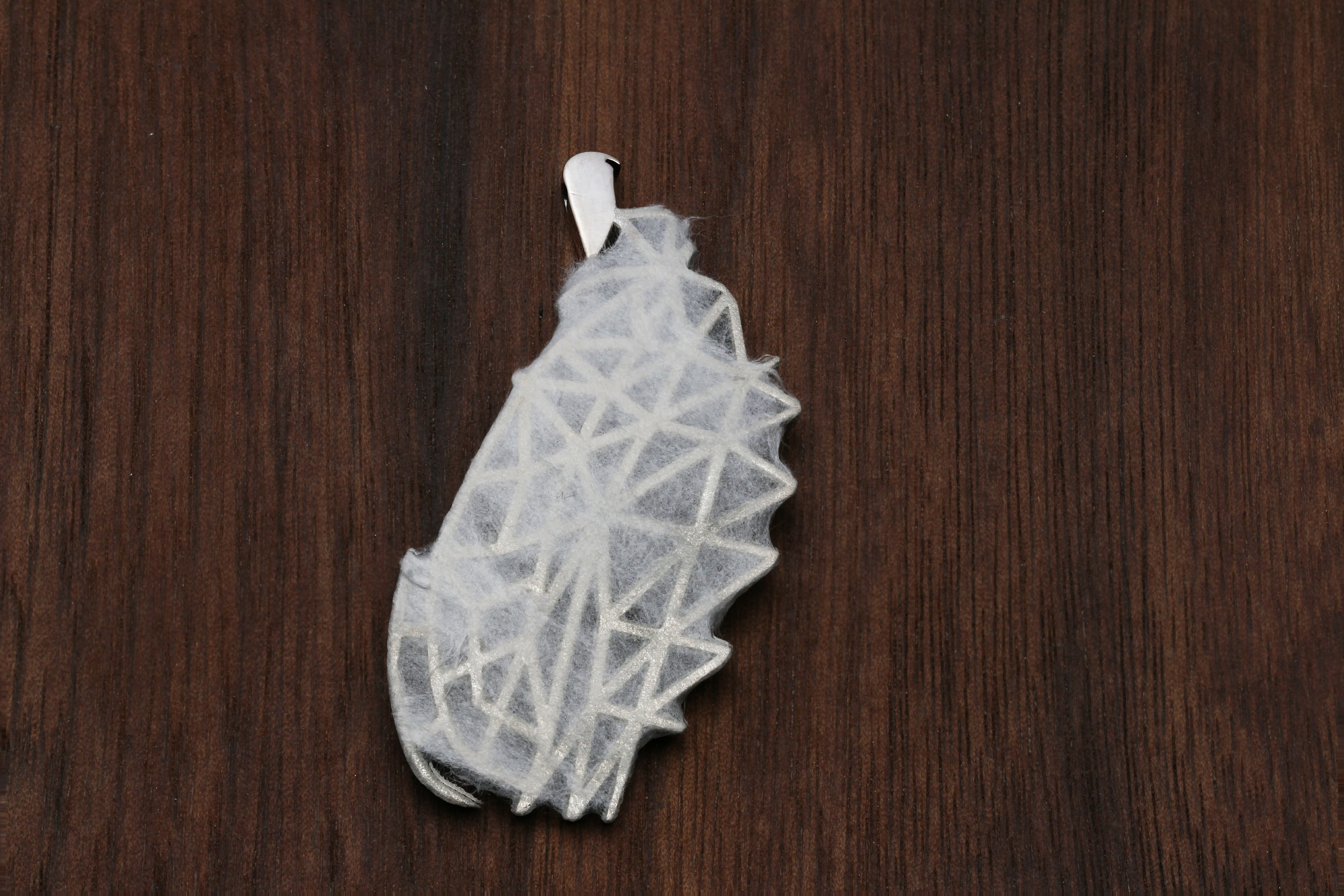Peñalolén series
"It (the Mashriqu'l-Adhkar) is the collective center, the cause of agreement and communion of hearts, the sign of the solidarity of the human race, the source of eternal life. Temples are the symbols of the divine unifying source. They will understand that this temple was founded for the unification of mankind... In short the original purpose of temples and houses of worship is simply unity - meeting places where different peoples, different races and souls of all capacities can congregate so that love and accord is manifest between them. That is why Baha'u'llah has ordained that a place of worship for all religious people of the world be built; that all religions, races, and sects may come together under its universal protection; that the proclamation of the unity of the human race address them in open courts of holiness... The world of existence can be compared to this temple and place of worship. Just as the outside world is a place where people of all races and colours, of different faiths, antagonistic groups and conditions come together - while submerged in the same sea of divine favours - so can everyone come together under the dome of the Mashriqu'l-Adkhar and worship the one God in the same spirit of truth; for the dark ages have passed, and the century of light has come..."
- Extracts from the "Tablets of 'Abdu'l-Baha 'Abbas"
templo Bahá'í de sudamérica
On October 13th 2017, the final Continental House of Worship, nestled in the Andes in Santiago, Chile, opened its doors after fifteen years of work and planning. The four day long inauguration saw the coming of five-thousand souls from every corner of the globe to witness this historic event. The temple was the vision of Toronto based Siamak Hariri, of Hariri Pontarini Architects, who were so kind to allow the photography of this ring, designed after the flowing and rotating structure, staged with the fused-glass used in the external facades. This piece was a result of two months of study, experimentation, and the difficult task of figuring how to approach such a project (and if it were even feasible).
paper studies
Shots at several angles were studied to determined the actual geometry of each petal in its two dimensional form, and again re-constructed into three dimensions in order to verify the form, and to understand the curvature.
fabrication & modelling
The design of the ring called for both modern modelling, as well was traditional fabrication processes. The general form of the ring was cast from a 3D printed model, where the final bending, shaping, as well as the custom bezel, were all fabricated/done by hand. The ring was initially completed in silver as a proof of concept, ensuring the aesthetic and functional viability of such a design.
This certified custom ring is in 14 karat white gold, containing one bezel set rose-cut diamond (0.19 carat, G, VS1, Good Cut), in size 7.5, and is available for purchase in online store.
Peñalolen Pendant | silver and paper
This pendant took nearly a year to design (beginning right after the Peñalolen ring and went through several iterations and revisions. Initial concepts and even a “prototype” consisted of a solid silver mass with brass inlay and cubic zirconium which was eventually abandoned. The concept for the final pendant was one of the earlier iterations which was largely ignored until recently. This pendant was to be completely skeletal with a black oxidized finish but after completion it didn’t look right. Always trying to draw from Japanese arts and crafts, I remember seeing a beautiful ring by @theresaduongarts that had a web of mura binsen at a cabbagetownfestival last summer, and everything became so clear. After experimenting with several Japanese papers I accidentally discovered that by adhering mitsumata paper (which is fairly opaque) and slowly pulling the paper away - I was left with a delicate and very transparent web.





